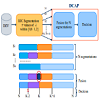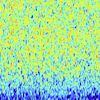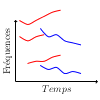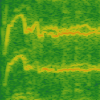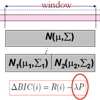Dedicated Features for Music Genre Classification
Context In the context of Music Genre Classification, we propose to use, as entries of a CNN, a set of eight music features chosen along three main music dimensions: dynamics, timbre and tonality. With CNNs (Figure 1) trained in such a way that filter dimensions are interpretable in time and frequency, results show that only eight music features are as



